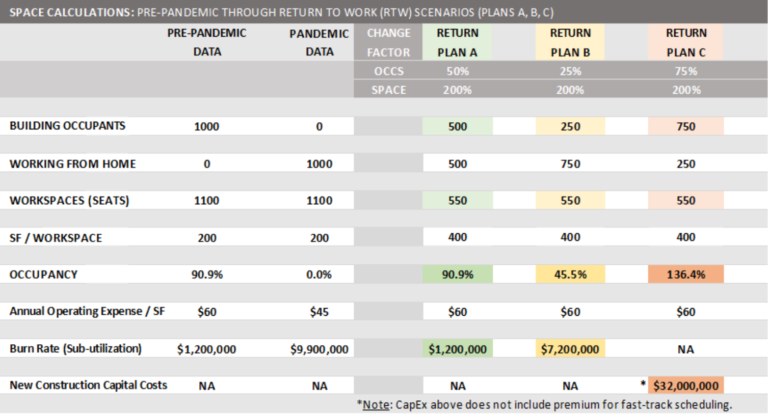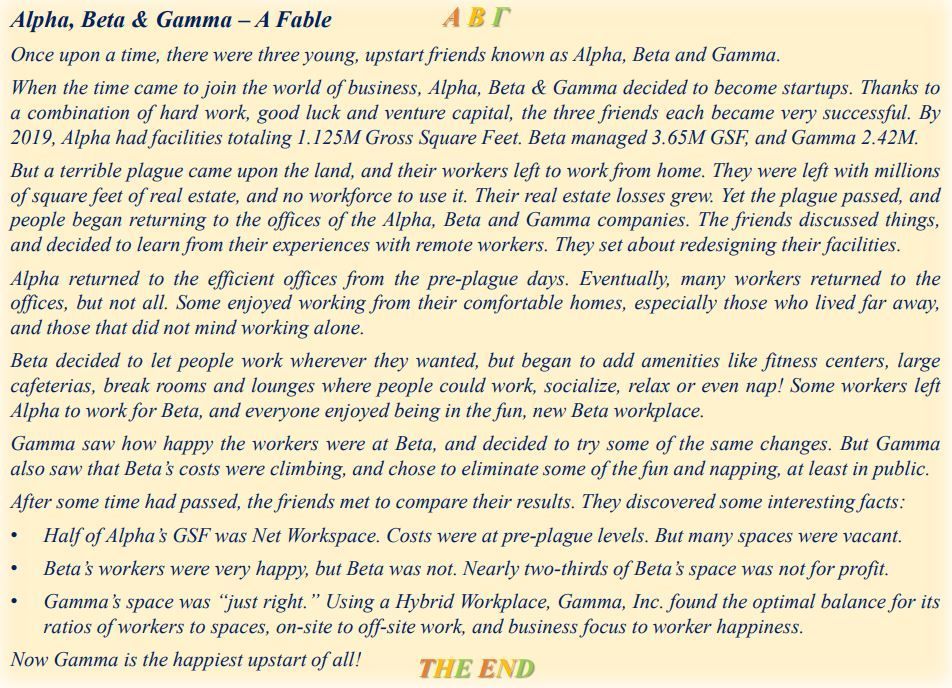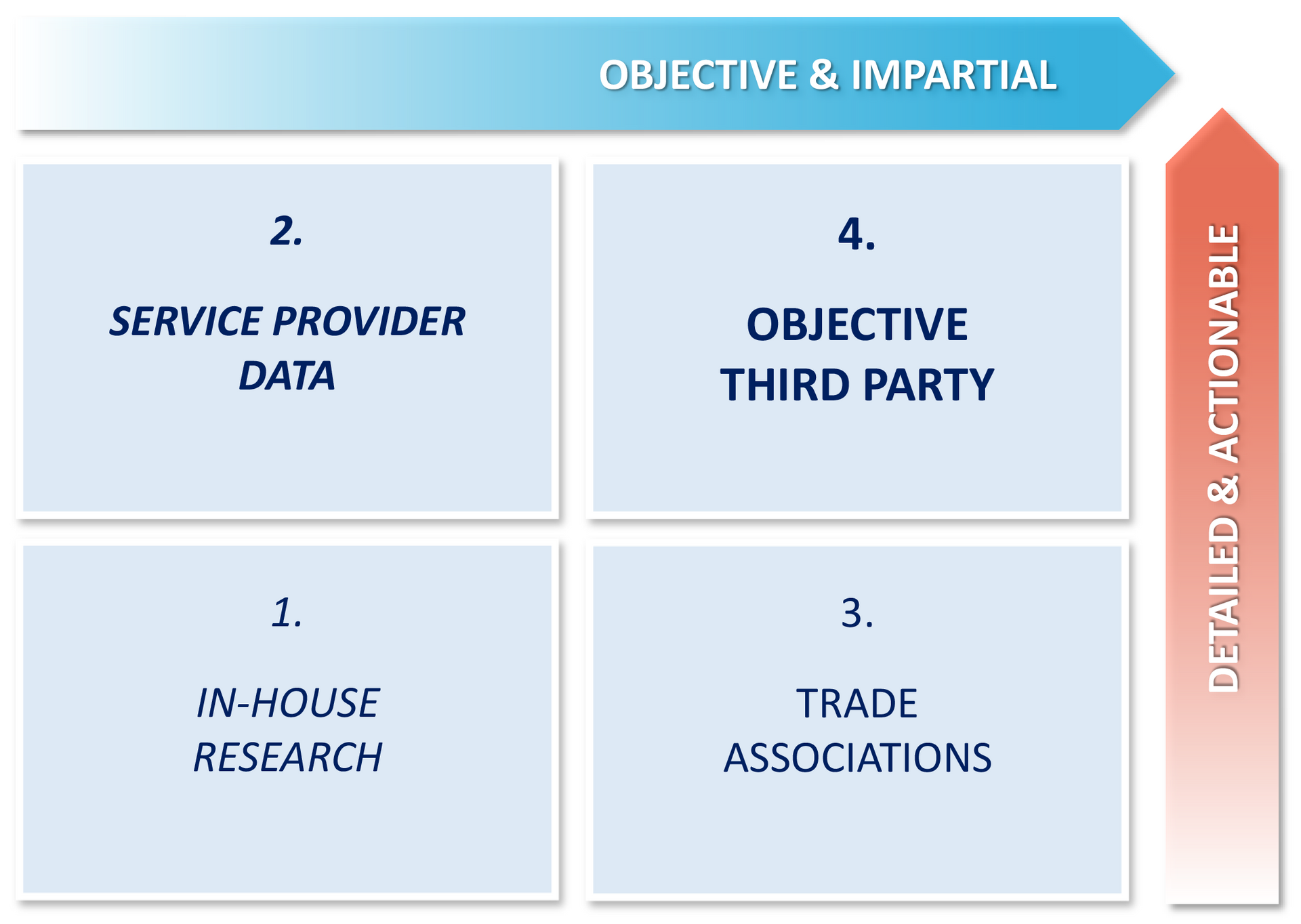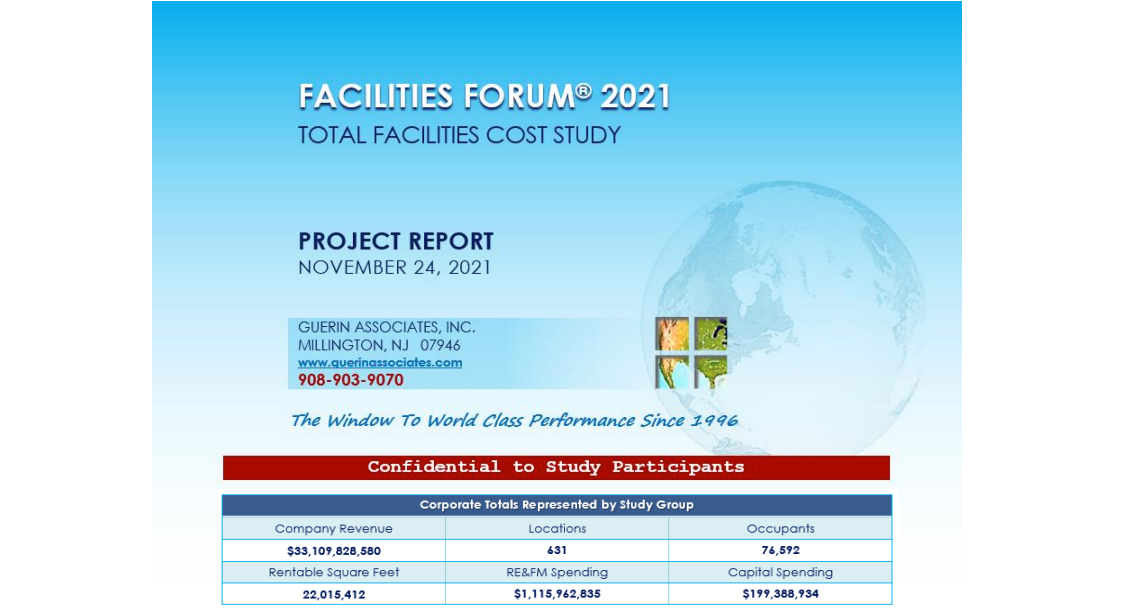Covid-19’s Rapidly Changing Landscape
INTRODUCTION
We've been sharing info and tools to navigate the pandemic of the Covid-19 / Corona Virus.
Today, we look at the rapidly changing national landscape, executive perspectives, and critical issues affecting your facilities, organization, and customers --- the facility occupants.
NATIONAL TRENDS
Early outbreaks had occurred in states like New York and New Jersey. Their cases continue to rise, but the rate of increase has slowed, and fatalities declined. Southern states, after several weeks delay, are following a similar path. Texas and especially Florida are seeing very high spikes.
Reasons are complex, including dates of initial exposure, rates, the prevalence of testing, reopening of theme parks and public events, the behavior of local populations, improving treatments, and other factors. School reopening is growing more controversial, and we are only at mid-summer.
KEY ISSUES
With today's degree and speed of change, the value of detailed analysis is limited. We've therefore chosen to focus on the most important issues as Return To Work (RTW) plans to evolve. We will discuss additional areas (e.g., Office Protocol, Planning, Tracking, Tracing, etc.) in future posts.
A. Geo-Political Risk Management
In their "View From the C-Suite," recently released by Oxford Analytica, 70% of executives in Europe reported having assigned a single person or group with responsibility for geopolitical risk management. Only 50% of US executives have done so.
Critical Factors: Oxford found three factors critical in addressing geopolitical risk:
- Involvement of the Board, spending time addressing political risk
- Enhanced, dynamic communications in dealing with the risk
- Overcoming of silos throughout the organization
Oxford listed 11 groups ID'd by execs as responsible for political risk management:
- Risk Management / CRO
- Finance / Treasury / CFO
- Strategy
- General Counsel
- et al.
B. Long-Term Effects of Covid-19
Oxford also listed 13 expected effects of Covid:
- Speedup of digital transformation
- Rethinking the business model
- Reduced business travel
- Accelerated budget reductions
- et al.
C. Sanitizing Workplaces
Debates continue on the performance of Covid-effective products, approved or listed.
- See the EPAs "List N": (https://www.epa.gov/pesticide-registration/list-n-disinfectants-use-against-sars-cov-2-covid-19)
- The EPA recently approved two Lysol products to use against SARS-CoV2
- Lysol Disinfectant Spray (EPA Reg No. 777-99) and Lysol Disinfectant Max Cover Mist (EPA Reg No. 777-127), effective against SARS-CoV-2.
- Other methods may work better, or with them (UV-C Irradiation, Bi-polar Ionization, etc.)
- Important precautions:
- Understand fundamental distinctions: 'clean,' 'sanitize,' 'disinfect.'
- Recognize EPA, ASHRAE terms: 'listed,' 'approved,' 'endorsed,' etc.
- ID test labs and obtain results for claims affecting decision-making
- Read all MSDS information and follow manufacturers' instructions
- Check side effects, such as ozone ion production, HVAC strain, etc.
- Contract w/vendors on training, certification, materials, processes, performance
THE LEADERSHIP OPPORTUNITY
Real estate & facilities management may not be front-of-mind in the C-Suite, but it should be. RE&FM follows employee labor as the largest corporate expense for most firms. It is also among the groups most affected by this pandemic and having the greatest impact.
Here's a simple exercise to illustrate the potential effects of RE&FM's contributions.
- Imagine that half of those working from home since April ask to continue doing so and are allowed to. (Based on anecdotal reporting, this is not unrealistic.)
- Now imagine RTW Plan A: For those that return, the square footage has been doubled at each workspace. (Also not unreasonable, given the personal distancing requirements.)

In Plan A, these decisions offset each other, resulting in no change to space needs. No portfolio adjustment, reconfiguration, lease reductions, expansions, terminations or extensions are needed, other than the initial impact of the pandemic. This "wait-and-see" attitude, however, can easily be seen as a "do nothing" response. It can also exacerbate predictable outcomes, such as:
- Plan B's 25% return, at twice the SF, reduces occupancy to below 50%. The burn rate of $7.2M/year is excessive, and the necessary space reductions will take significant time.
- Plan C's 75% return, at twice the SF, exceeds building capacity by over 33%. 80,000 new SF is required. Whether leased, purchased or built, time pressures will drive up costs.
CONCLUSION
This illustrates a clear need --and a key opportunity-- for RE&FM to demonstrate leadership:
- Investigating scenarios like those above, in advance of the need.
- Evaluating the best planning options and their related effects.
- Reporting findings and recommendations to the C-Suite.
Feel free to contact us, if we can help you in any way.
Please submit your comments or requests below, and watch for our:
"ULTIMATE COVID-19 CHECKLIST"










